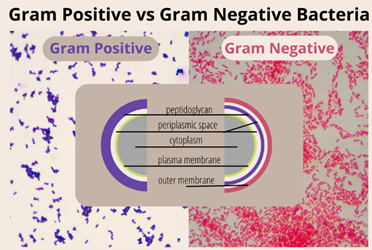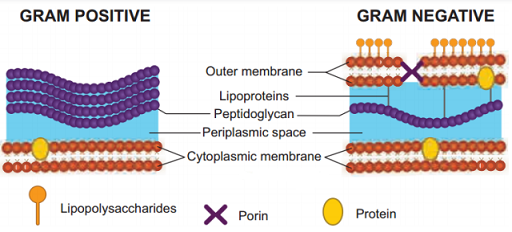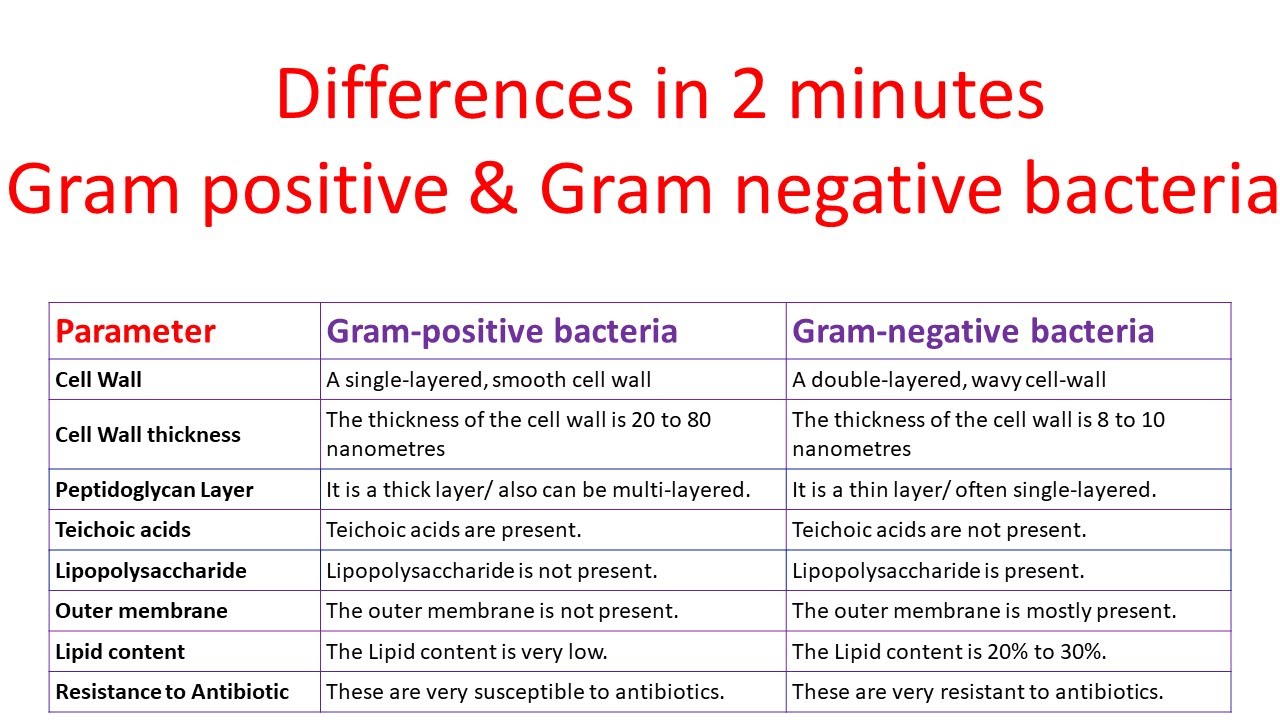





Disclaimer: Copyright infringement not intended.
Context
Gram Staining

GRAM NEGATIVE VS GRAM POSITIVE BACTERIA












© 2025 iasgyan. All right reserved